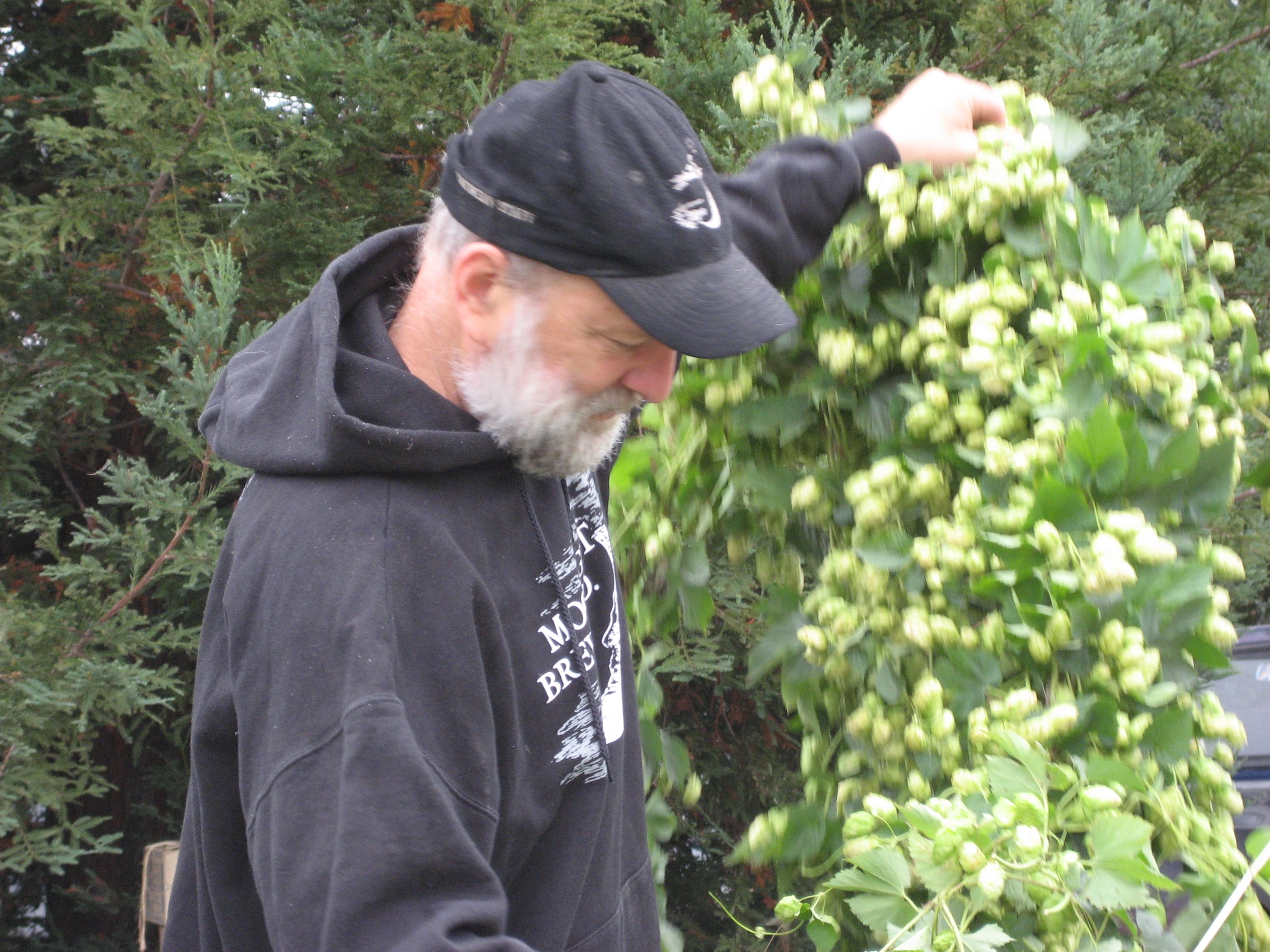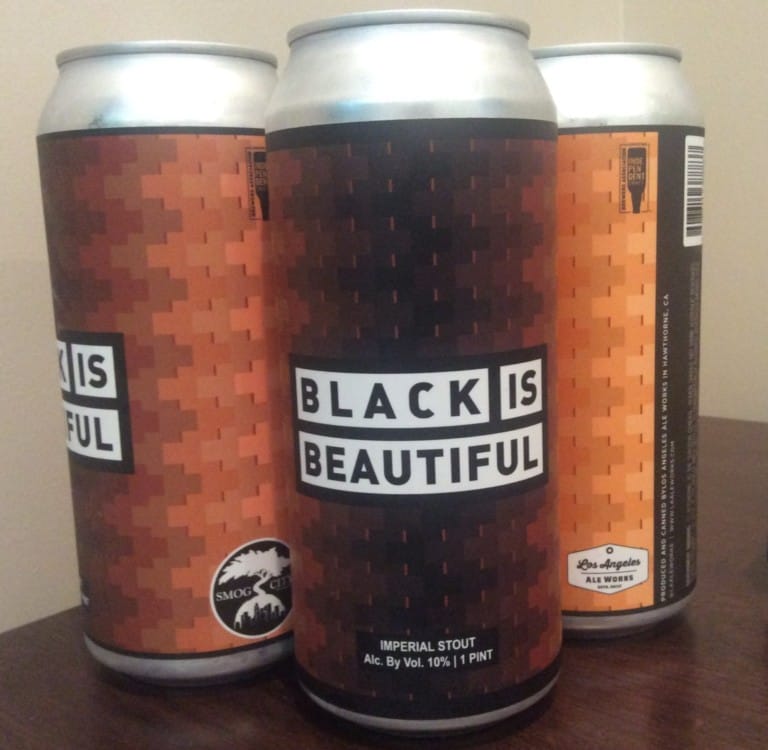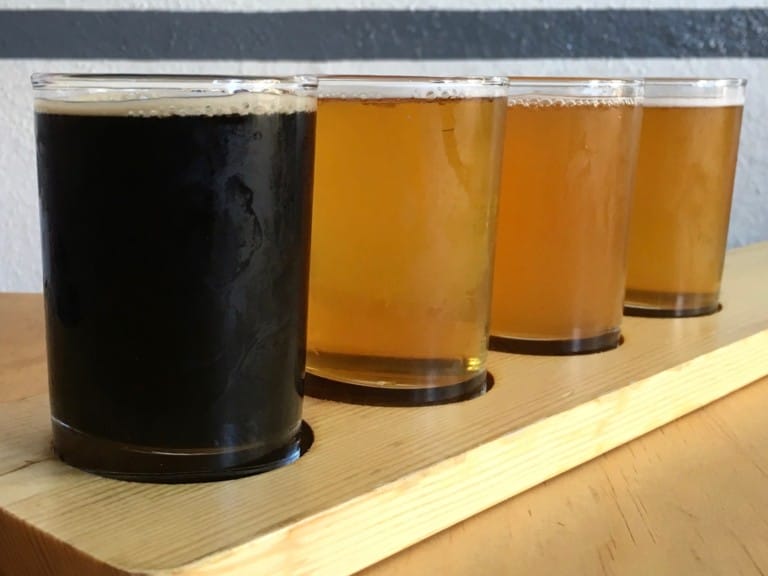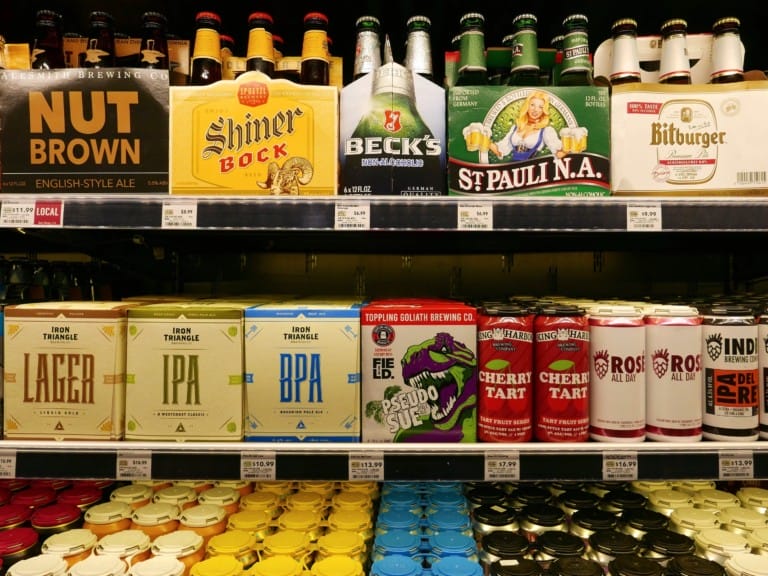In the Wild West, a number of cowboys employed a “This town ain’t big enough for the both of us” attitude, but that mentality doesn’t apply in Santa Rosa, at least when it comes to craft beer. The small town in Sonoma County houses more than one uncompromising, iconoclastic brewer. Vinnie Cilurzo and wife Natalie have turned Russian River Brewing into a powerhouse, and across town, Brian Hunt is producing highly personal beers like Death & Taxes black beer, 20 to Life sour ale and an ale brewed using redwood tips (which was recently on tap at The Surly Goat). Hunt launched Moonlight Brewing in Santa Rosa in 1992 and currently produces about 1000 barrels per year, meaning Hunt’s kegs are hard to find outside the Bay Area, which is just how he likes it. I recently caught up with Hunt via phone, where he shared insights about his background and approach.
How did you become so interested in beer?
‘Cause I like it. I started fermenting other things, like mead, when I was in high school. I was fascinated with little aspects of little tiny creatures making something delicious. I fell into beer by accident. I was getting my degree in Fermentation Science at UC Davis, the same degree all the winemakers have. My advisor was a brewery professor instead of a wine professor. The rest is history.
What’s your first beer memory?
It was New Year’s Eve when I was 19. I couldn’t stand beer until then. We had homemade pizza and I said, I think beer would taste good with this, and it did. It was Coors.
What’s the first beer that you ever brewed?
No idea, it was probably nasty though. I remember giving it away to my landlord. He would take it, which was good, because nobody else would.
How do you think your degree impacts what you do for a living now?
It certainly started by getting me in the door with a job. I worked at Schlitz back in Milwaukee. Something a lot of brewers don’t understand is the theory behind why things happen. Learning that theory in a larger picture makes a difference. It’s not like it gives you what malts to use, what hops to use, the temperature of the fermenter. That allows me to be more innovative, because I know why to do it, as opposed to following steps in a book. Not that it happened immediately.
From Schlitz, what was your path to starting Moonlight?
I came back from Schlitz to work on a project in Berkeley, which never got funded. It was going to be a 40-barrel bottle brewery…After that I was working at Xcelsior Brewery, which made Acme beer for awhile, somewhat before North Coast started using the Acme brand. It was a horribly underfunded start-up. Nobody had a clue how much money it would take…They were pretty much doomed from day one, but it was a good experience. I consulted on North Coast to get started and Anderson Valley to get started. I did a brief stint for a winery. I started a brewpub in Napa in 1988, Willett’s Brewing Company. Willett’s ended up with some other problems, and was sold, and is now called Downtown Joe’s Brewery. I didn’t want to work with partners that had other financial directions, so while I was working there, I slowly put together my own place, Moonlight, and opened Moonlight in ’92.
Would you say that you have any brewing mentors?
Yes and no. Brewing mentors in the sense that I would have to say the people I looked up to were Fritz Maytag and Jack McAuliffe, not that I use them as mentors as learning about brewing technology from them, so much, but the fact that this could be done, the fact that small brewing did have a future. Sierra Nevada, I have a lot of respect for and do take inspiration from in their level of integrity. Anchor also. I did for a long time take inspiration from the integrity and the direction of the beer that they brewed. Sierra Nevada, I have a lot of respect for, in the fact that they use cutting-edge technology and don’t cut corners. The antithesis of that are breweries that started out making good beer and sold out on an integrity level, so they’re “just making beer.” It’s no longer about making the best quality you can make. I worked with Schlitz when their beer was very good. Previously they were trying to squeeze every penny out of their beer and out of the drinking public.
What distinguishes your beer from other breweries?
That’s pretty vague and pretty large. It’s because it has my personality to it. Every brewer that has the ability to influence the beer they make will put some of their personality in the beer. Anchor Steam tasted like Fritz because it has that intensity. That seems to represent the personality. Whatever my personality is, that’s what my beer tastes like. Quirky certainly, and on the fringe.
What are some beers that you typically enjoy drinking?
I certainly enjoy drinking mine. These days there are a lot of beers I enjoy. I enjoy diversity of beers. I enjoy discovering all the options that beer can be. More recently, I’ve gotten into Flemish reds, sour reds. What fascinates me most are beers with delicate subtleties. I tend not to therefore be big into double, triple and Imperial anything.
Why is your distribution so limited?
It’s important for breweries to be inaccessible. If all the beer options were available just like the Internet, where everything’s at your fingers at any moment, it would be a boring life. This is in part because the beers would be stale, and in part because the beers wouldn’t be in the proper context of climate and humidity. Take a beer that belongs somewhere, take it to Florida and people will say, “What do people like about this?”
De Ranke XX, I could never appreciate the beer. I had it at Moeder Lambic in Brussels and had it poured by somebody who knew the beer. It’s not just how the glass collects the aromas, it’s how much you tip it into your mouth that determines satisfaction.
Shipping time and abuse is horrible for beer. There’s a reason why we need to maintain local breweries. You can download pictures of famous paintings and look at them on your computer, but is it ever going to be the same as looking at them face to face? The answer is no. There are beers that shouldn’t be available at your local BevMo! in all 50 states.
What’s the most recent beer that you developed, and what was your approach?
Uncle Svensen, which I determined to be a Norwegian farmhouse style. I used a tree called a Western red cedar that grows north of here, and certainly along the West Coast, which has a very delightful aromatic character to it. I used that instead of hops. It’s common in Scandinavia to use spruce trees and juniper trees. Many other plants can be used besides hops.
In brewing history, it’s also very relevant to making a new beer, to know why a style was made and why ingredients were used. Not trying to copy it per se, but know the reasons. In Uncle Fudd, I used a lager yeast, which is what I would like to use in something Scandinavian, but the cedar is anti microbial and it gave it diecetyl. But the ale yeast worked.
If you could only drink one more glass of beer, what would be in the glass?
I have a number of favorites, but as long as the brewer was inspired when they were making it, and not just making a paycheck, most likely I’ll enjoy it.









Blog Comments
Kelsey
October 28, 2010 at 7:53 PM
Small town? Santa Rosa?
Via Wiki, “Santa Rosa is the largest city in California’s Wine Country and fifth largest city in the San Francisco Bay Area… Santa Rosa’s metropolitan statistical area has a population of 486,630, making it the 12th largest in California and the 105th largest in the United States.”
Joshua Lurie
October 28, 2010 at 9:10 PM
Kelsey,
You make a good point about Santa Rosa’s population. It’s certainly large for Sonoma County, but when I was there to visit Russian River and Zazu, it didn’t strike me as being that large. I guess it’s all relative, especially since I’m based in Los Angeles, and most cities seem small in comparison.